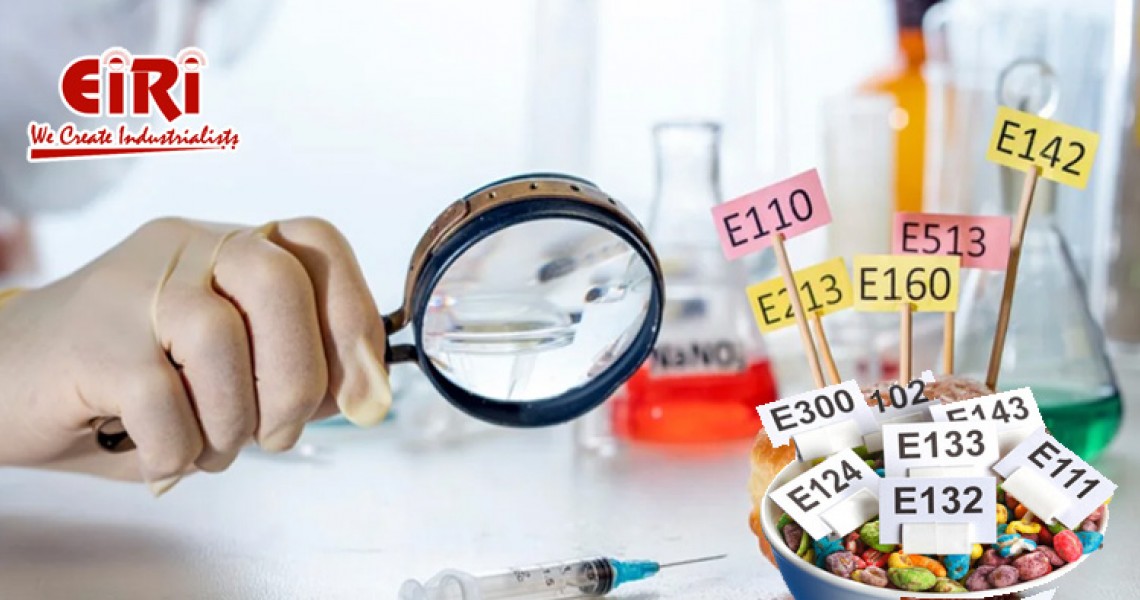Food Additives and Preservatives Manufacturing Business: A Comprehensive Guide

The food additives and preservatives manufacturing industry plays an essential role in modern food systems by ensuring safety, enhancing flavor, and extending the shelf life of products. With increasing global food consumption, changing dietary patterns, and a growing focus on convenience foods, this industry is witnessing significant growth. This article provides an in-depth look at the potential and challenges of starting a food additives and preservatives manufacturing business.
Understanding Food Additives and Preservatives
Food additives are substances added to food to improve taste, texture, color, and appearance. Preservatives, a subset of food additives, prevent spoilage caused by microbes, oxidation, or chemical changes. These chemicals are vital in the modern food supply chain, especially as food travels long distances before reaching consumers.

Key examples include:
- Preservatives: Sodium benzoate, potassium sorbate, and ascorbic acid.
- Flavor Enhancers: Monosodium glutamate (MSG), citric acid, and malic acid.
- Coloring Agents: Natural options like carotenoids and synthetic options like tartrazine.
- Texturizing Agents: Emulsifiers, stabilizers, and thickeners such as guar gum and carrageenan.
- Sweeteners: Aspartame, sucralose, and stevia.

Market Overview
The global food additives and preservatives market is valued at over $40 billion as of 2023, with a projected CAGR of 5-6% through 2030. This growth is fueled by:
- Rising Demand for Convenience Foods: The increasing consumption of ready-to-eat meals and packaged foods.
- Health and Wellness Trends: Consumers demand low-calorie sweeteners, natural preservatives, and clean-label products.
- Stringent Food Safety Standards: Regulations mandating food safety drive the adoption of preservatives.
Emerging markets like Asia-Pacific lead the growth due to population growth, urbanization, and increased disposable incomes.
Business Opportunities in Food Additives Manufacturing
- Natural Additives and Preservatives: Growing consumer preference for clean-label and organic products creates demand for plant-based additives like rosemary extract, essential oils, and natural antioxidants.
- Functional Ingredients: Ingredients that offer health benefits, such as probiotics, prebiotics, and omega-3 additives, are gaining traction.
- Specialty Additives: High-value additives like encapsulated flavors and custom emulsifiers offer opportunities to serve niche markets.
- Custom Solutions for Food Manufacturers: Partnering with food producers to create tailored additive solutions for specific product lines can differentiate your business.
Steps to Start the Business
- Research and Development: Innovation is key in this industry. Develop additives that cater to market trends, such as plant-based diets, low-sugar options, or products with enhanced nutritional benefits.
- Regulatory Compliance: Adhere to food safety standards and regulations like FDA guidelines (USA), EFSA standards (Europe), and FSSAI norms (India). Certifications like ISO 22000 and HACCP are essential.
- Raw Material Sourcing: Source high-quality raw materials, whether synthetic chemicals or natural extracts. Build relationships with reliable suppliers to ensure consistent quality and supply.
- State-of-the-Art Facility: Invest in advanced equipment for synthesis, blending, and quality testing. The facility should meet hygiene and safety standards.
- Marketing and Partnerships: Build partnerships with food manufacturers and retailers. Highlight your product's safety, efficacy, and alignment with consumer trends.
Challenges in the Industry
- Regulatory Hurdles: Navigating complex regulations across different regions can be challenging. Strict scrutiny on synthetic additives is pushing manufacturers to innovate.
- Rising Raw Material Costs: Fluctuating prices for key raw materials like natural extracts and synthetic chemicals impact profit margins.
- Competition: Established players dominate the market, making it crucial to differentiate through quality and innovation.
- Consumer Perception: Negative perception of synthetic additives necessitates transparency and emphasis on safety and sustainability.
Future Trends and Opportunities
- Natural and Organic Ingredients: The demand for natural additives will grow as consumers move toward healthier and environmentally friendly products.
- Sustainability: Eco-friendly production processes and biodegradable packaging for additives can attract environmentally conscious clients.
- Digital Transformation: Using AI and data analytics to predict market trends and innovate rapidly will give manufacturers a competitive edge.
- Functional Foods and Beverages: The rising interest in functional products like energy drinks and fortified snacks offers opportunities for novel additives.
- Global Expansion: Export opportunities exist in developing markets where processed food demand is on the rise.
Conclusion
The food additives and preservatives manufacturing business offers immense potential for growth, driven by evolving consumer preferences and the increasing complexity of global food supply chains. By focusing on innovation, sustainability, and regulatory compliance, businesses can capitalize on this lucrative market. With the right strategies, entrepreneurs can establish a successful foothold in the dynamic and growing food additives industry.










